There are no fixed rules in photography, but there are guidelines which can help you to improve photography skills.We will discuss 10 photography composition rules which will help to improve photography skills.
There is a number of established photography composition rules or guidelines which can be applied to enhance the effect of photographic scene in almost any situation.
These Top 10 photography composition rules will help you to take more compelling photographs, understand composition in photography, make your images interesting for viewers.
Once you are familiar with these composition tips and how universal most them are in any types of photography, you’ll be surprised to spot them everywhere. Photography will become easier for you and you’ll understand how these photos “work” while others just stay snapshots.
In photography lessons, every photographer (amateur/professional) learn photography through some photography basics.Composition in photography is one of those basics that every photographer follows.
What is photography composition?
A composition is the placement or arrangement of visual elements or ingredients in a work of art, as distinct from the subject.The term composition means ‘putting together’ of photographic elements. Now we will move to the 10 top photography composition rules:
Top 10 photography composition rules
#1. THE RULE OF THIRDS: What is rule of thirds? Imagine that your image is divided into 9 equal segments by 2 vertical and 2 horizontal lines. The
The rule of thirds says that you should position the most important elements in your scene along these lines, or at the points where they intersect. Many camera manufacturers have actually included the capability to display this grid in live view mode.
Check your camera’s manual to see how to turn on this feature.We have a natural tendency to want to place the main subject in the middle. Placing it off center using the rule of thirds will more often than not lead to a more attractive composition. The rule of thirds is very versatile and can be used for any subject. There are some examples of effective usage of the rule of thirds in different types of shots.
The rule of thirds is very versatile and can be used for any subject. There are some examples of effective usage of the rule of thirds in different types of shots.
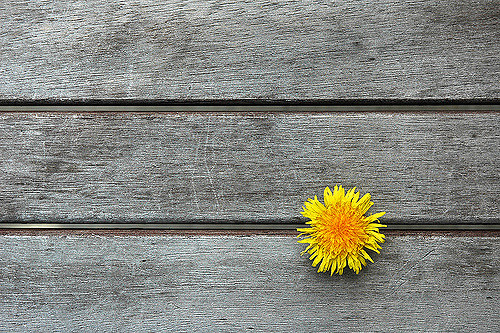
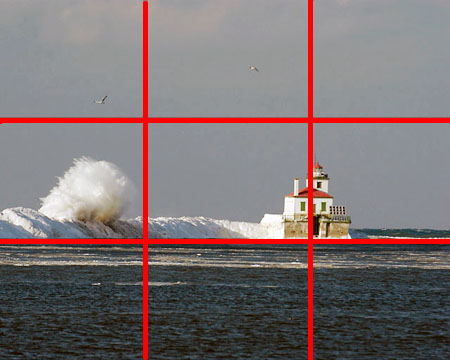
Breaking the Rule: learn to use the rule of thirds effectively so you can sometimes break it for much more eye-catching, interesting photos, As with all rules (at least in photography), the rule of thirds doesn’t apply in every situation.
#2.BALANCE Balance is a photography composition rules in photography that juxtaposes images within a frame so that the objects have equal visual weight. When different parts of a photo command your attention equally, perfect balance is achieved.
Placing your main subject off-centre, as with the rule of thirds, creates a more interesting photo, but it can leave a void in the scene.You should balance the “weight” of your subject by including another object of lesser importance to fill the space.
You can compose your shot BY INCLUDING a secondary subject of lesser importance or size on the other side of the frame. This balances out the composition without taking too much focus off the main subject of the photograph.
 Our Moments
Our Moments 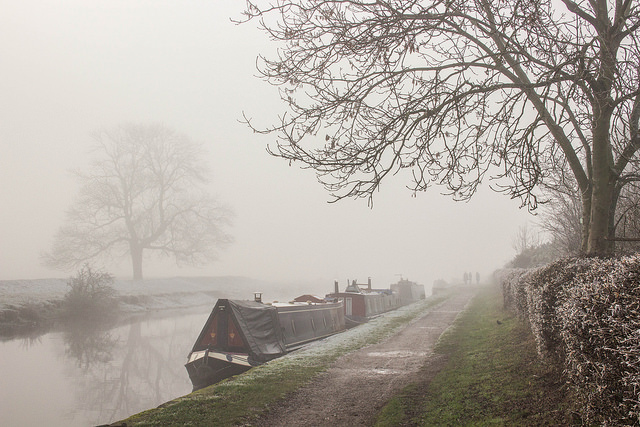 Julian Barker
Julian Barker 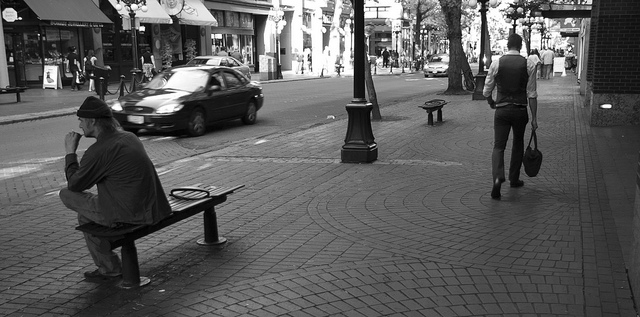 Lin Chen
Lin Chen
#3.SYMMETRY AND PATTERNS : SYMMETRY refers to a line that splits an object in half and, if both sides of the object are an exact mirror image of each other, then this object is said to be symmetrical.
Another great way to use them is to break the symmetry or pattern in some way introducing tension and a focal point to the scene.The line that splits a symmetrical object is called the line of symmetry We are surrounded by symmetry and patterns, both natural and man-made.They can help to make very eye-catching compositions, particularly in situations where they are not expected.
They can help to make very eye-catching compositions, particularly in situations where they are not expected. Another great way to use them is to break the symmetry or pattern in some way introducing tension and a focal point to the scene.
#4.LEADING LINES : There are many different types of lines – straight, diagonal, curvy, zigzag, radial etc. – and each can be used to enhance our photo’s composition.
Leading lines help lead the viewer through the image and focus attention on important elements. When we look at a photo, our eye is naturally drawn along lines.Leading lines are intentional or unintentional natural lines created in the space of the photograph which are used to create a visual narrative in the composition.
#5. FRAME WITHIN THE FRAME : The role of any rule of composition is to draw the eye to a photograph. Framing refers to using elements of a scene to create a frame within a frame.
For example, you may shoot through a doorway, pulled back curtains, branches, fences, tunnels, or arches to highlight your subject. Including a ‘frame within a frame’ is another effective way to show depth in a scene. A ‘frame’ does not necessarily have to surround the entire scene to be effective.
#6. POINT OF VIEW: POV or our viewpoint has a massive impact on the composition of our photo, and, as a result, it can greatly affect the message that a shot conveys.
Before photographing your subject, take time to think about where you will shoot it from. Rather than just shooting from eye level, consider photographing from high above,from the ground level, from the side, from the back, from a long way away, from very close up, and so on. Most photos are taken from eye level, getting high up or low down can be a way of creating a more interesting and original composition of a familiar subject.
#7. JUXTAPOSITION: The juxtaposition is a very powerful photography composition rule or tool. Juxtaposition refers to the inclusion of two or more elements in a scene that can either contrast with each other or compliment each other. Both approaches can work very well and play an important part in enabling the photo to tell a story. 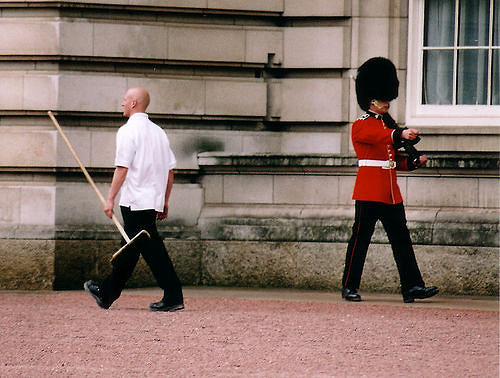 Tanya Knight
Tanya Knight 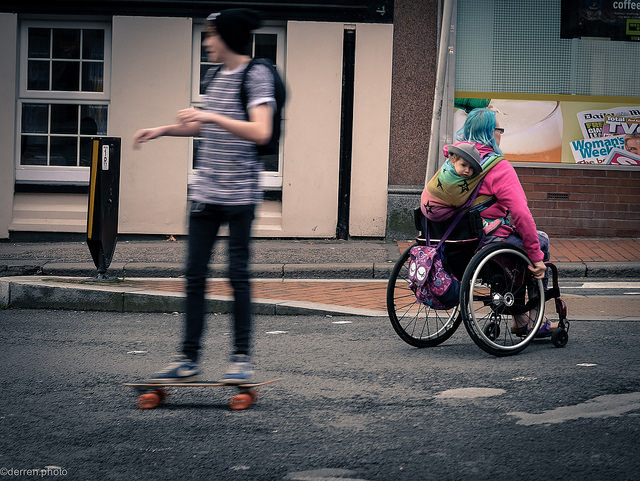 Derren Hodson
Derren Hodson
#8. DEPTH: Photography is a two-dimensional medium; we have to choose our composition carefully to conveys the sense of depth or depth of field that was present in the actual scene.
You can create depth in a photo by including objects in the foreground, middle ground, and background. Another useful photography composition technique is overlapping when you deliberately partially obscure one object with another. Including foreground interest in the frame is one of
Including foreground interest in the frame is one of techniques that give a more 3D feel to a scene. The human eye naturally recognizes these layers and separates them out creating an image with more depth.
#9. PERSPECTIVE : In photography, perspective is another illusion you use to take photographs of a quality composition. It is a very important composition technique.
Perspective refers to the relationships between objects in an image,objects’ relative position, size, scale and space between them.When you know the principles of perspective and skillfully apply them, the photographs you take show a good rendition of the subject’s form and shape, and a viewer is given the sensation of volume, space, depth, and distance.
Additionally, a photographer can manipulate by this tecnique to change the illusion of space and distance by either expanding or compressing these factors, therefore providing a sense of scale within a picture.
#10. LINE, FORMS, SHAPES, PATTERNS, GEOMETRY: Human beings are naturally attracted to lines, forms, shapes, and patterns.
Geometric patterns show us straight lines, circles, triangles, rectangles, and polygons, as well as variations and combinations of these shapes – such as squares, ellipses, cubes, cylinders, and pyramids. Geometric patterns tend to be symmetrical. They are visually attractive and suggest harmony.
Patterns can be man-made, e.g. a series of arches, or natural, e.g. petals of a flower. Incorporating patterns into your photographs is always a good way to create a pleasing composition. Less regular textures can also be very pleasent to the eye.
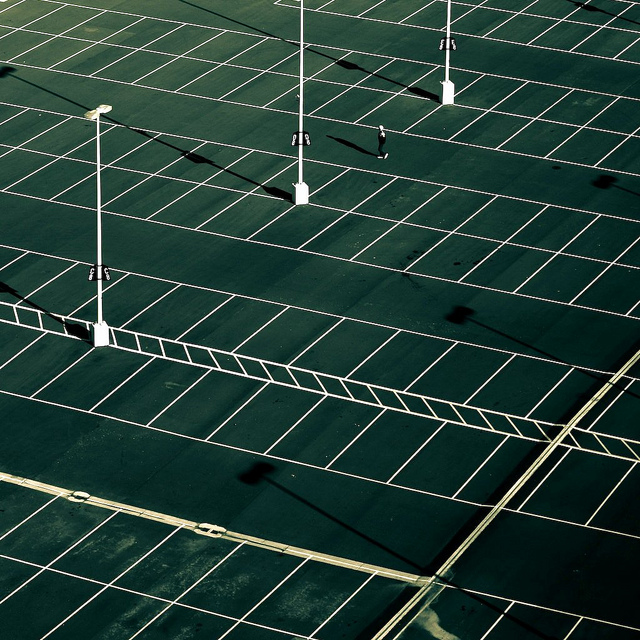 Cuba Gallery
Cuba Gallery 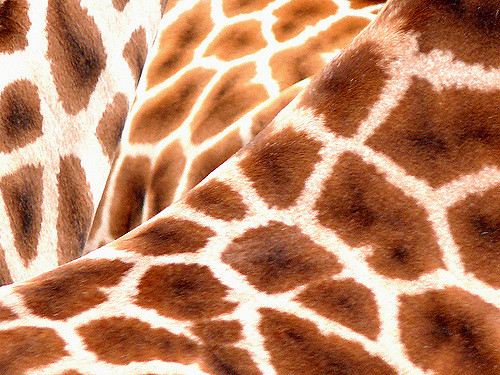 Ben Golik
Ben Golik 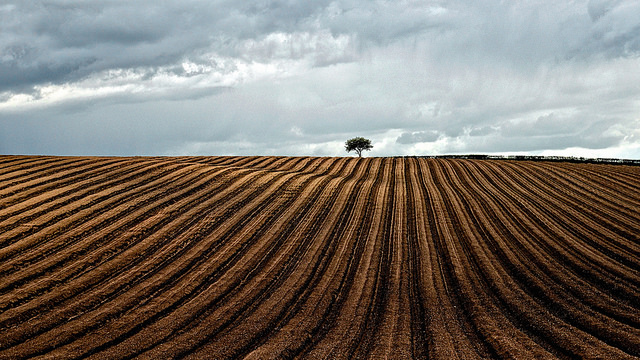 John “flick” Purchase
John “flick” Purchase 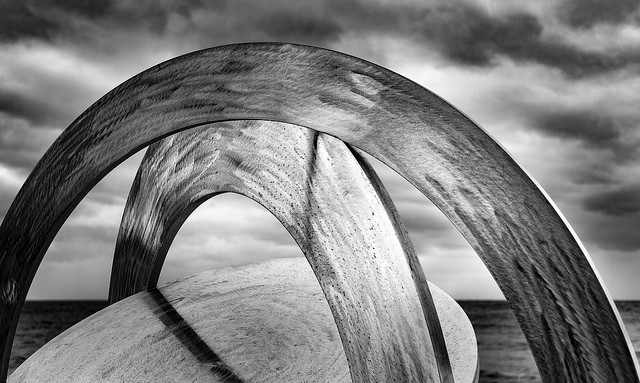 Martin Snicer Photography
Martin Snicer Photography
If you can apply these 10 photography composition rules along with many other compositional tecniques to your photography practice on a daily basis, you’ll soon understand photography much better.
Did you enjoy this article? Please share it!

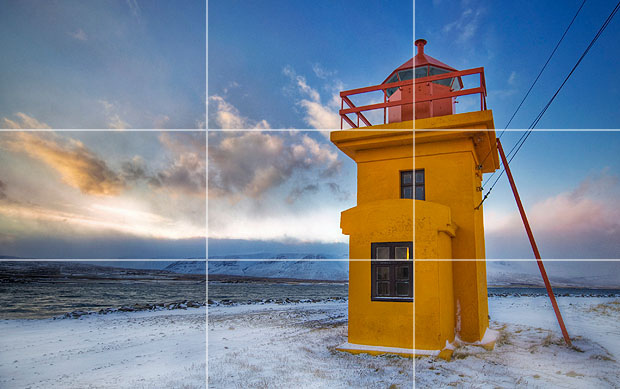
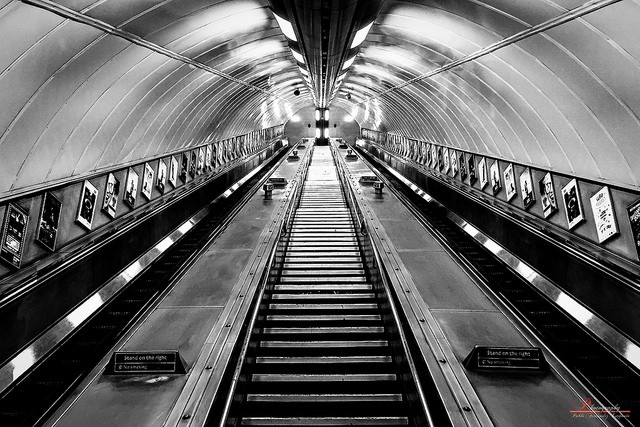
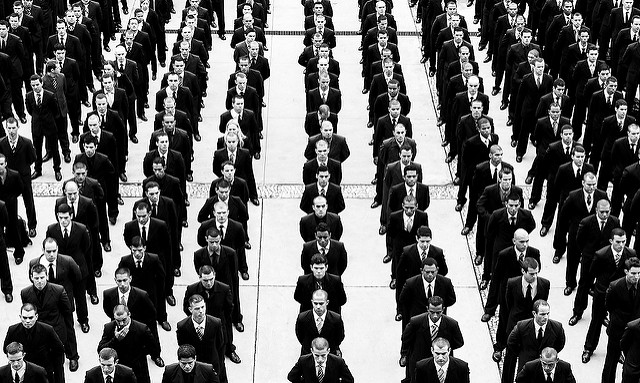
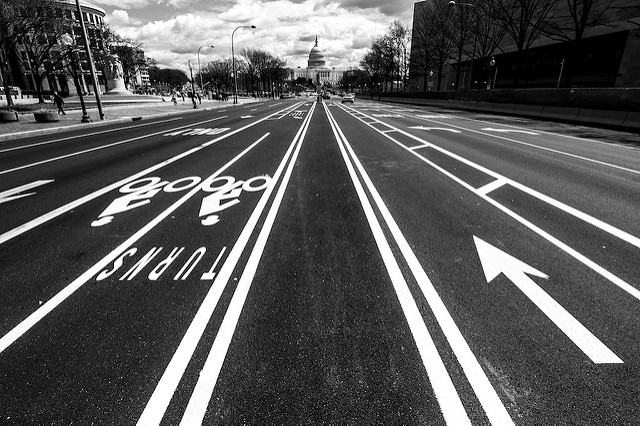
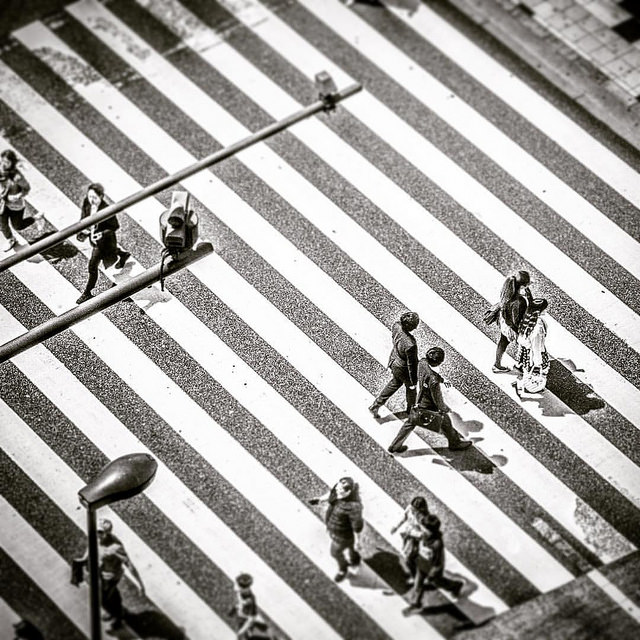

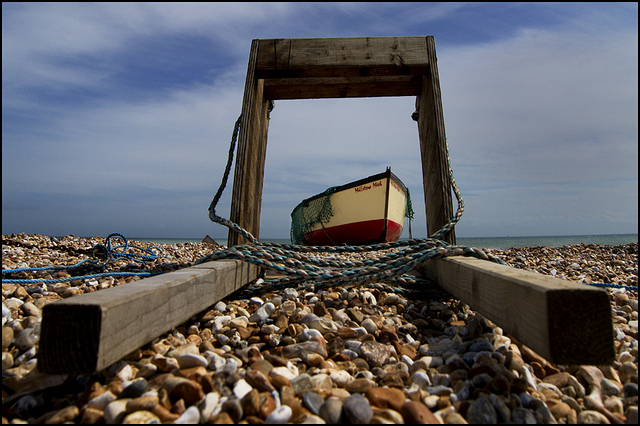
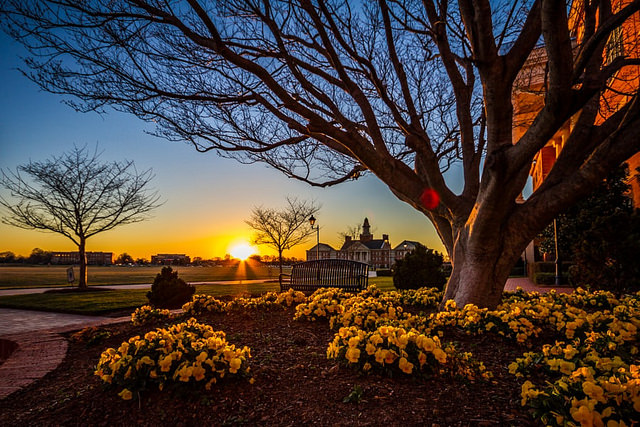
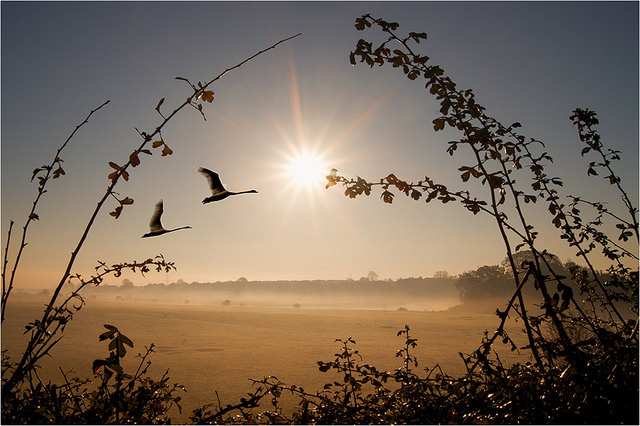
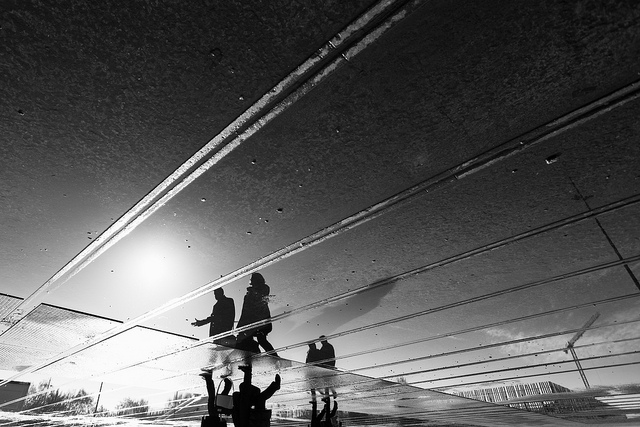


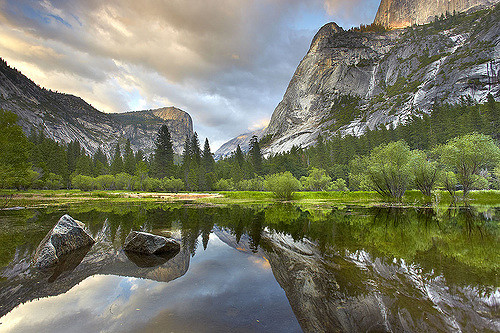

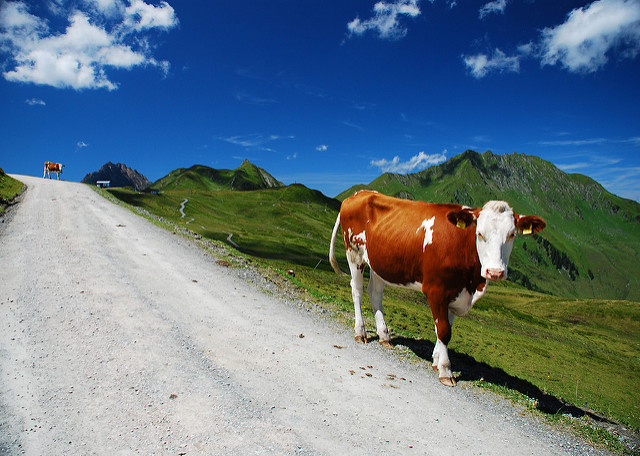
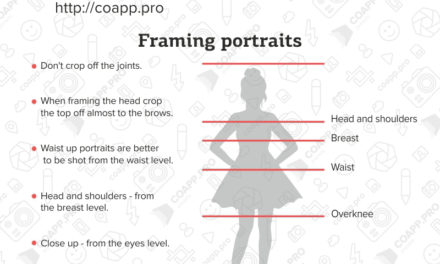
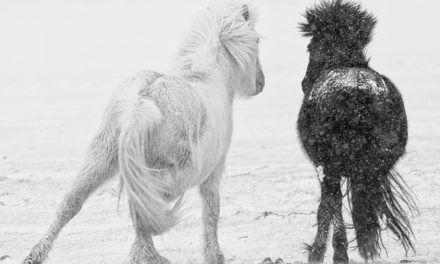
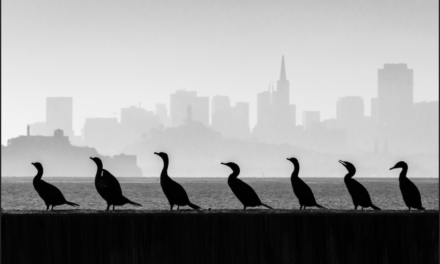
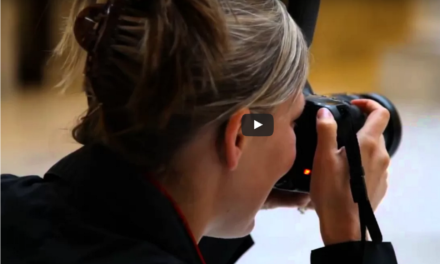
Recent Comments